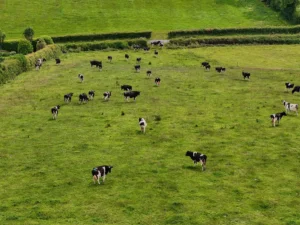
Cattle, greenhouse gases and the case for better methane metrics
Why the global warming potential of methane emissions from cattle production needs a closer look
Campbell’s soup… celebrity portraits… and neon cows?
When Andy Warhol’s legendary “Cow Wallpaper” made its debut at New York’s Museum of Modern Art in 1966, art fans didn’t know what to make of it. However, like everything Warhol created, it left a mark. And perhaps it conveys even more than we’ve realized — because much like Warhol himself, cows are often misunderstood, frequently debated and easily taken for granted.
There are numerous parallels we can draw from Warhol’s iconic neon cows, because cows have been shaping our cultural imagination for longer than you may think. Let’s take a look at the surprising — and often forgotten — ways that cows have influenced pop culture, from movies and mascots to catchphrases and art.
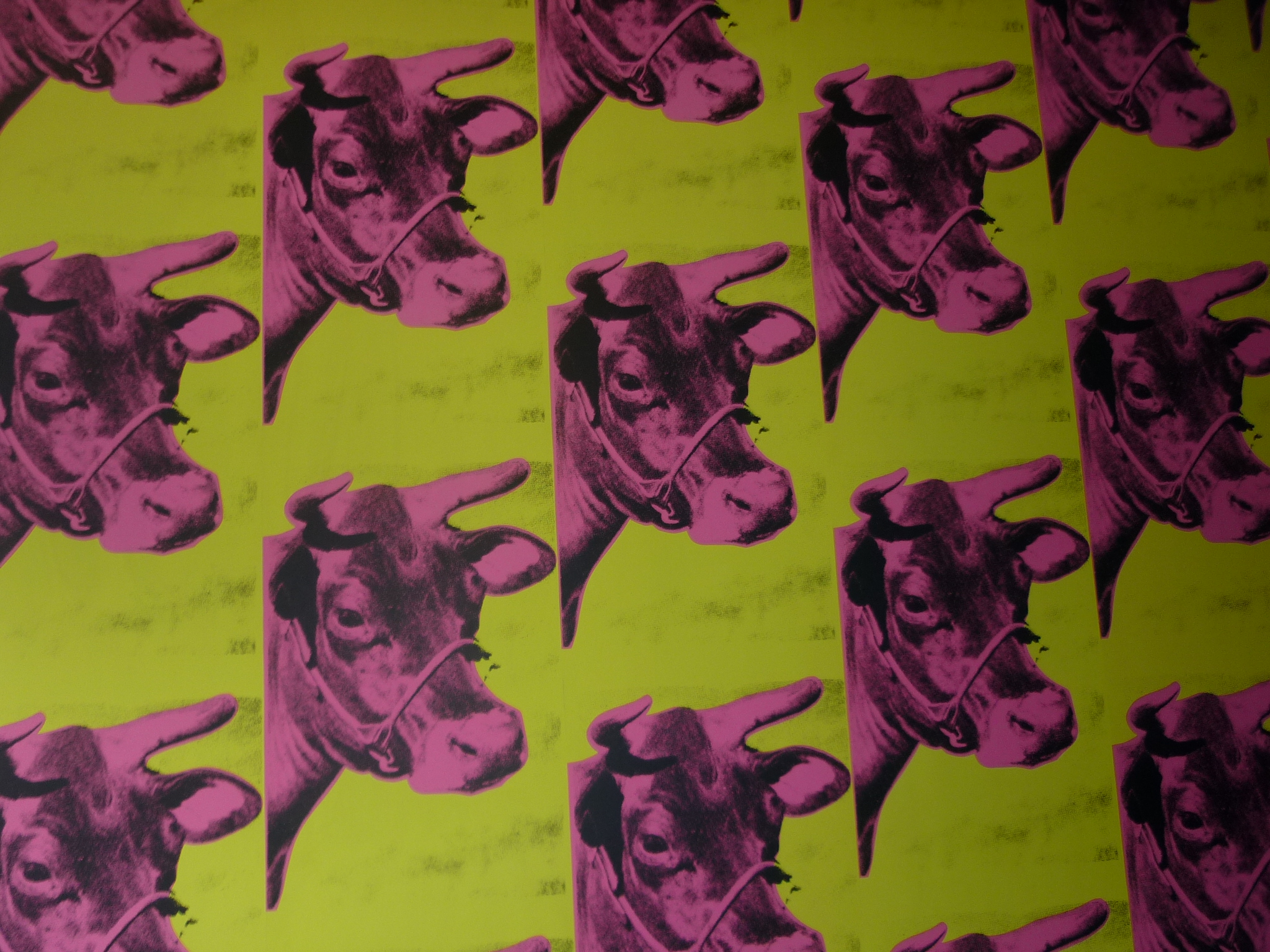
Cows might seem like an unlikely subject for fine art, but they’ve inspired some of the most striking artwork in history, dating all the way back to the Paleolithic Era. Early humans painted massive wild aurochs — the ancestors of modern cattle — across the stone walls of France’s Lascaux caves nearly 20,000 years ago, which suggests that even then, cows held a deeper meaning for people.
Fast-forward a few thousand years and you’ll find that cows featured prominently in 17th-century paintings, where they were often a focal point for artists like Dutch painter Paulus Potter, who placed them at the heart of his compositions
In the 1800s, French artist Rosa Bonheur captured cattle with impressive realism, while Russian-born French painter Marc Chagall incorporated cows into his dreamlike, memory-filled scenes.
Even today, they continue to show up in unexpected places and ways — including at the colorful CowParade, the world’s largest public art event. More than 15,000 artists around the world have been drawn to CowParade events, where they have the chance to transform completely white cow sculptures into unique works of art.
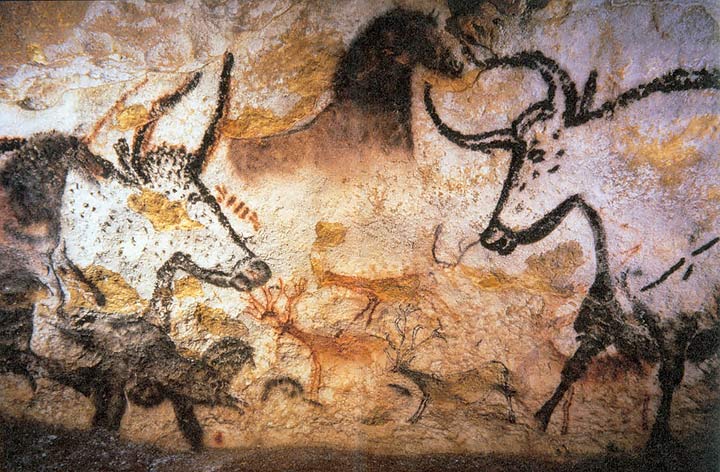
Elsie the Cow: Elsie made her debut in 1936 as the cheerful “spokescow” of Borden Dairy — and quickly became one of the most recognizable advertising mascots in America. By the 1940s, Elsie had garnered fan clubs, a Hollywood film credit (in 1940’s “Little Men”), a spot in the Macy’s Thanksgiving Day Parade, and even a cartoon “husband” named Elmer, who you may recognize as the bull from Elmer’s Glue.
Elsie wasn’t just a mascot, though: She was a full-blown media personality — and, arguably, the first cow to reach celebrity status through mass media.
Clarabelle Cow: This animated Disney character, who was first introduced in 1929 in a Mickey Mouse cartoon titled “The Plow Boy,” went on to become a recurring character in several animated shorts and comics. With her long lashes, floppy hat and flair for the dramatic, Clarabelle brought a touch of sass and slapstick to Disney’s early ensemble cast.
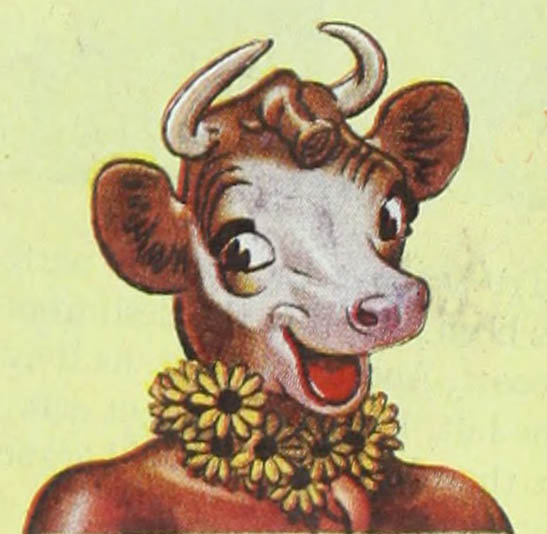
Chick-fil-A Cows: Launched in 1995, this mischievous herd of Holsteins became unexpected advertising legends by doing one thing: holding up hand-painted signs that read “Eat Mor Chikin.” Their message was simple, their spelling questionable and their impact unforgettable. What started as a billboard campaign turned into one of the most successful and longest-running advertising efforts in fast food history — spawning commercials, calendars, plush toys and a fanbase of their own. The campaign officially came to a close in 2023, leaving behind a legacy of greatness in American advertising.
“Until the cows come home.” This phrase, which dates back to at least the 16th century, emphasizes how long something might take or last — likely in reference to the slow, habitual routine of cows returning from pasture at the day’s end.
“Don’t have a cow.” While it was popularized by The Simpsons in the early 1990s (thanks to main character Bart’s catchphrase), this saying — which means “don’t get so upset” — actually predates the TV show and first emerged as teen slang in the 1950s.
“Like a bull in a China shop.” Though it’s often used to describe a literal disaster or a person acting in a wanton and destructive manner, this phrase originated in the early 19th century and may have been exaggerated for effect — especially considering that bulls are surprisingly nimble when not provoked to anger.
“Holy cow!” This mild expletive became popular in mid-20th-century American slang, especially among sportscasters looking for family-friendly alternatives to swearing. But the phrase can likely be traced back further to the Hindu tradition of revering cows as sacred animals — a belief that dates back thousands of years. In that context, “holy cow” may have entered English as a nod to (or misappropriation of) that reverence, eventually evolving into the playful, secular phrase we know today.
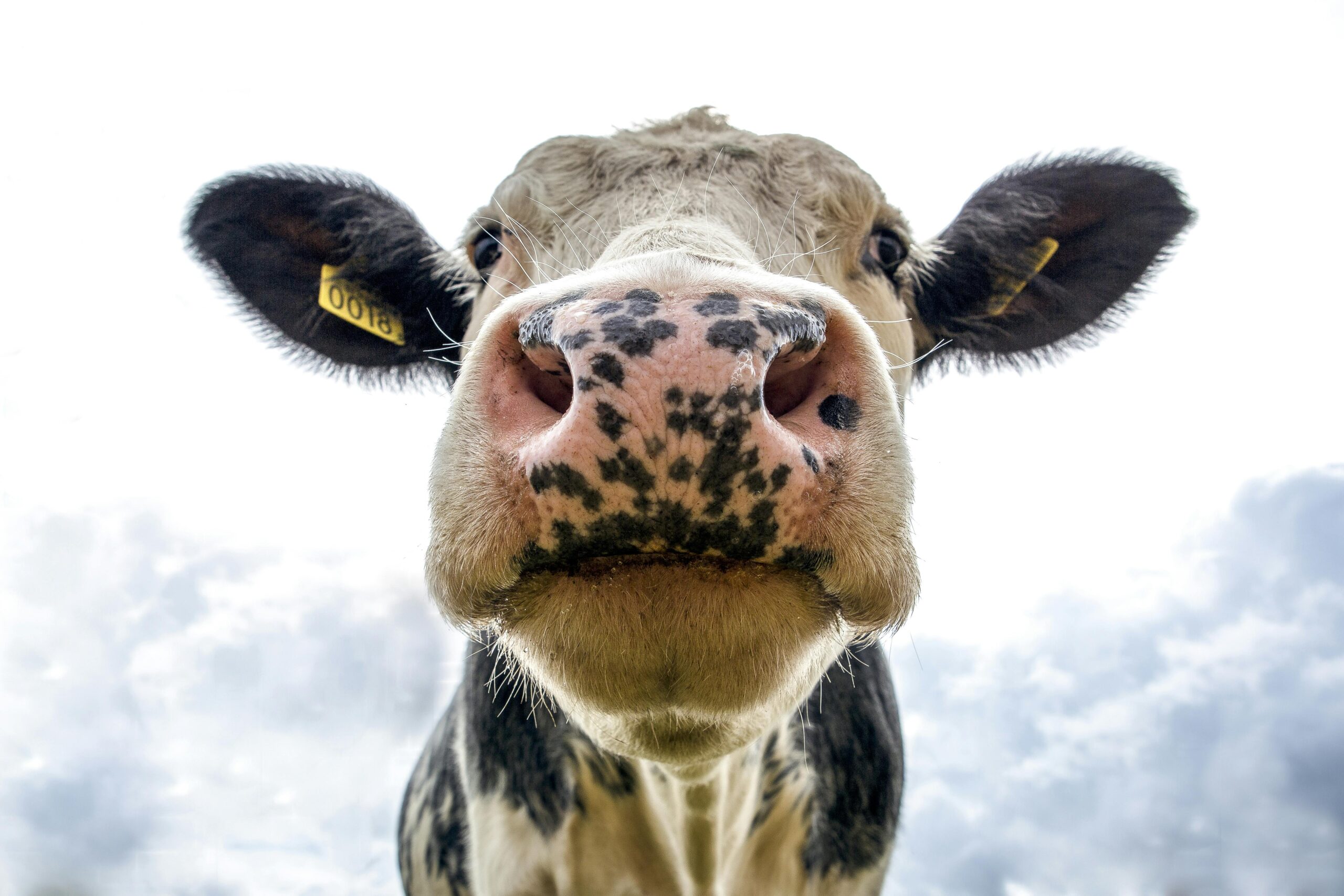
Cows may not always be front and center in pop culture, but they’ve left their mark throughout history on everything from ancient cave walls to fast-food billboards. Whether they’re posing in 17th-century paintings, cracking jokes in cartoons or sneaking into our everyday phrases, these animals have shaped our lives more than most of us may realize.
Curious how deep their influence goes?
Explore more about the cultural, environmental and nutritional significance of cows on the World Without Cows Stories page.

Why the global warming potential of methane emissions from cattle production needs a closer look
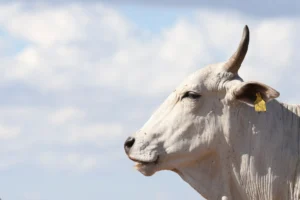
At COP30, the world’s eyes are on Brazil, and the cattle ranchers leading a global transformation.
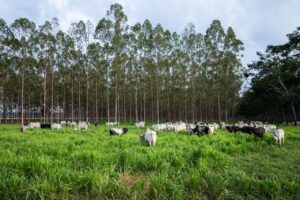
Restoring 40 million hectares of pasture could feed billions and ease pressure on the Amazon. Is the world paying attention?
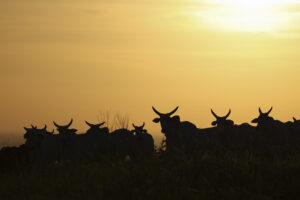
New mini-doc explores deforestation, food security and the Brazilian cattle sector’s path to a more sustainable future
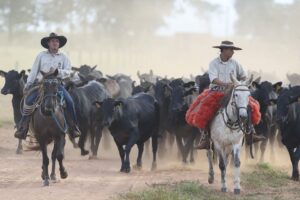
Mention Brazilian beef, and you’re likely to spark discussion about familiar themes: deforestation, emissions and blame. What do we find when we dig deeper? Here are the answers to five top questions about Brazil’s role in protecting the Amazon and feeding the world.
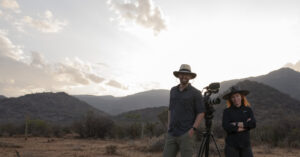
From science to the big screen: Discover how a single question grew into a global journey.
As climate change intensifies and the world’s population continues to grow, the pressure on our global food production system mounts. You can play an active role in shaping a more sustainable planet for future generations. Fill out the form below to learn more about how you can partner with us.
Receive notifications about the release date, new online content and how you can get involved